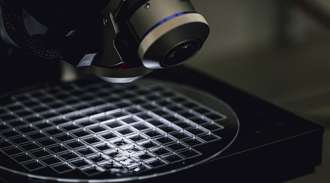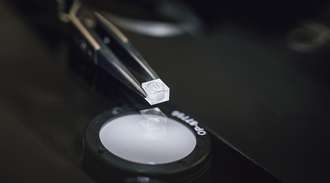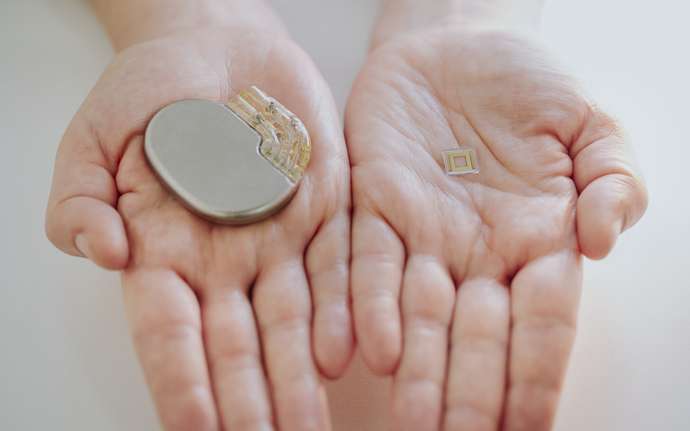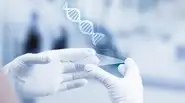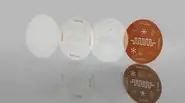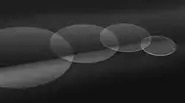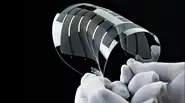Glass-to-glass sealing – Primoceler®
What is Primoceler® glass-to-glass sealing?
Also known as “glass micro bonding”, SCHOTT Primoceler Oy’s glass-to-glass sealing process is a revolutionary hermetic packaging technology that uses precisely stacked glass wafers to create cavities that safely encapsulate sensitive electronics. The electronic devices are laser-sealed along the edges using advanced room-temperature glass welding technology, after which the wafer is diced into tiny individual devices. This highly efficient wafer-level process drives innovation in demanding applications by enabling the efficient manufacturing of very small, yet extremely robust all-glass enclosures.
Benefits of glass-to-glass micro bonding
Applications
Glass-to-glass sealing technology by SCHOTT Primoceler Oy offers intriguing implementation possibilities for a variety of applications. Examples include active medical implants, aerospace, MEMS, and micro-optics.
Technology
Innovative Primoceler® glass-to-glass sealing technology is a highly efficient wafer-level process. It surpasses traditional methods like anodic bonding, fusion bonding, or epoxy encapsulation, delivering superior reliability, smaller devices, and higher yields per wafer. Review the technical details below.
Advantages of Primoceler® glass-to-glass sealing over other technologies
SCHOTT Primoceler Oy’s glass-to-glass micro bonding is a proven superior alternative to existing sealing methods including anodic bonding, direct/fusion bonding, glass frit, or epoxy (UV or thermal) encapsulation.
| |
Primoceler® | Anodic bonding | Direct/fusion bonding | Glass frit | Epoxy (UV) | Epoxy (thermal) |
|---|---|---|---|---|---|---|
| Hermetic | Yes | Yes | Yes | No/ In rare circumstances | No | No |
| Sealing process | No additives | Silicon or metal needed; glass-glass not possible | No additives | Additives needed | Additives needed | Additives needed |
| Process temperature | Room temperature | 440° C (824° F) | 1000° C (1832° F) (no plasma); 440° C (824° F) (with plasma) | 440° C (824° F) | Room temperature | 200° C (392° F) |
| Clean room class requirement | 100/ 1000 | 100 | 10 | 1000 | 1000 | 1000 |
Bonding principle
SCHOTT Primoceler´s glass-to-glass sealing is done with a laser at room temperature without any additive materials.
Wafer-level process
SCHOTT Primoceler’s advanced glass wafer packaging process is highly efficient and delivers high replicability, smaller device size, and more devices per wafer than conventional processes.
Advanced packaging process
- Dies are packaged on the wafer
- Laser micro bonding creates a hermetic package
- Dicing of the wafer; thousands of hermetically sealed chips are ready
Wireless device capability and hermetic feedthroughs
All-glass packaging enables production of wireless devices as well as devices with hermetic feedthroughs. On the base wafer (1), a spacer glass (2a) or an edged lid (2b) is positioned to form a cavity. This results in a hermetic package with a controlled atmosphere (3).
Related products
About SCHOTT Primoceler Oy
SCHOTT Primoceler Oy, a subsidiary of SCHOTT AG, was founded in 2010 and is based in Tampere, Finland. Since joining SCHOTT in 2018, Primoceler has enhanced the Electronic Packaging business unit with its revolutionary hermetic sealing technology, strengthening SCHOTT’s position as one of the most attractive supplier of hermetic packaging solutions worldwide.


